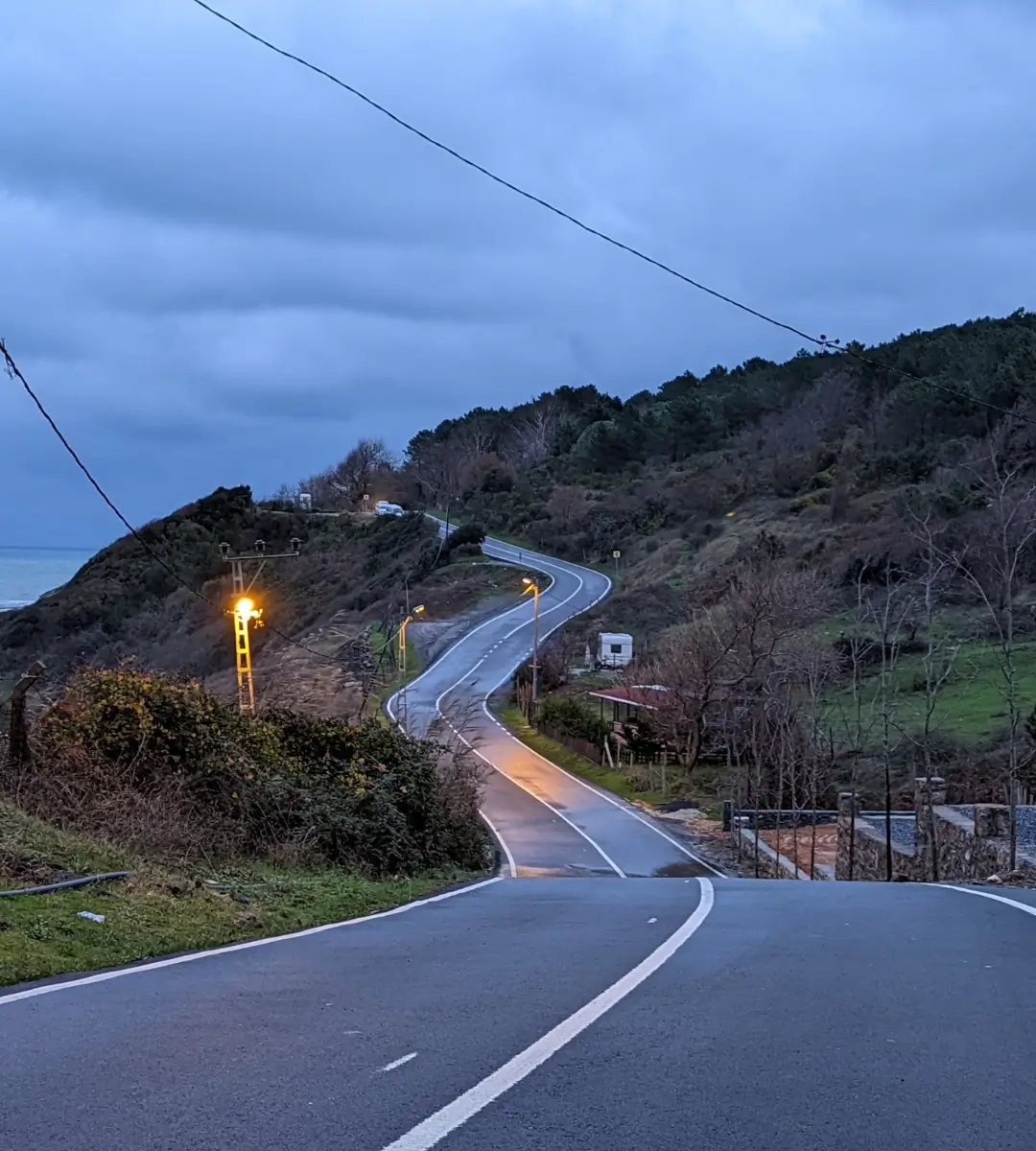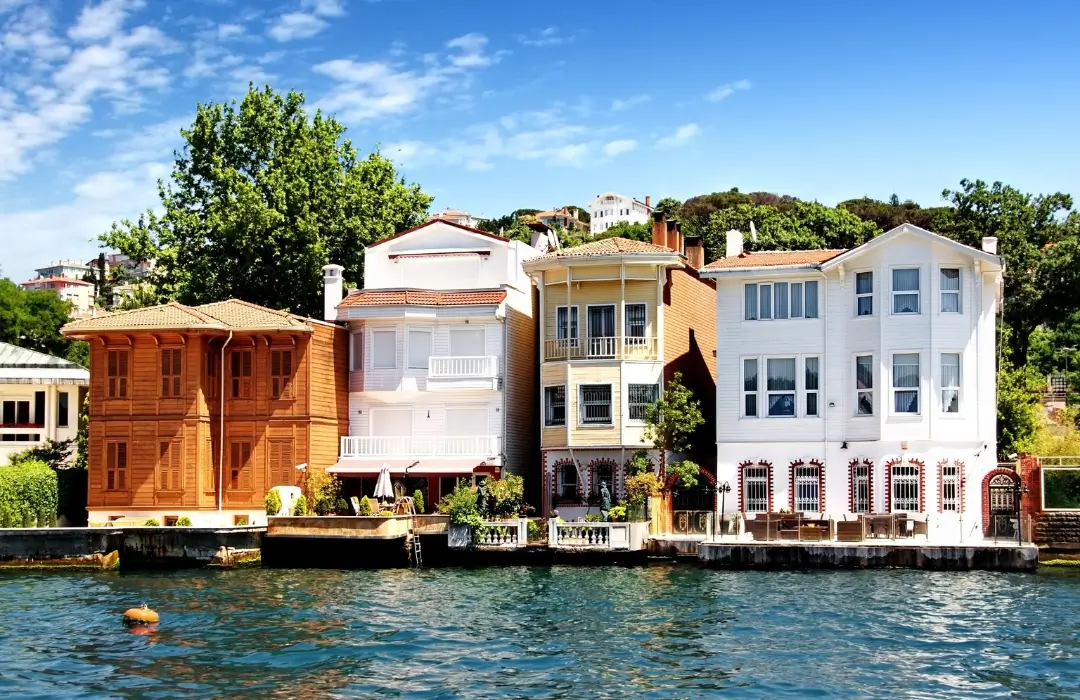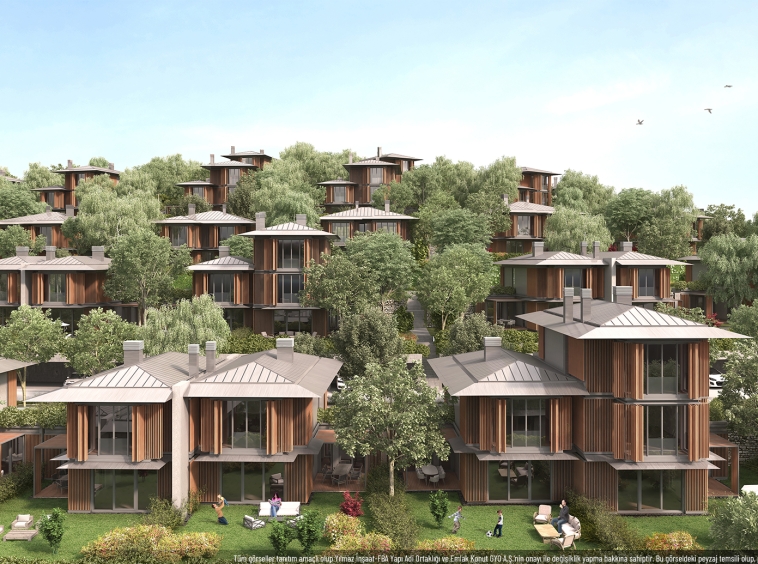Beykoz
Welcome to Beykoz
The name “Beykoz” comes from two old words: “Bey,” meaning prince or master, and “Koz,” which is Persian for a village or a type of walnut fruit. Beykoz is known for its natural beauty, with green forests, streams, and estuaries from the Kucuksu and Goksu areas, where the Bosphorus meets the Black Sea. People in Istanbul often look for peaceful and beautiful places to relax. Beykoz is one of these places, with large forests and stunning views of the Bosphorus, the Sea of Marmara, and the Black Sea coasts. The Beykoz municipality also has villages famous for their natural charm, such as Riva, located near the Black Sea and close to the Bosphorus Strait and the European side of Istanbul.

Location in Istanbul
Beykoz is in Istanbul, on the north-eastern side of the Bosphorus Strait on the Asian side. It is about an hour’s drive from the city center, Taksim, via the Yavuz Sultan Selim Bridge or the Fatih Sultan Mehmet Bridge. Beykoz has been an independent municipality since 1928 and continues to function as one today.
Living in Beykoz
Living in Beykoz, on the Asian side of Istanbul, provides a unique mix of natural beauty and urban convenience. This district, located by the Bosphorus Strait and surrounded by lush forests, offers a quiet escape from the busy city while keeping all modern amenities within reach. One of the main attractions of living in Beykoz is its beautiful environment. With parks, forests, and waterfront areas, the district is ideal for those who enjoy outdoor activities like walking or jogging. The views of Bosphorus further enhance its appeal, making Beykoz a peaceful and scenic place to live.
What Stands Out About Beykoz in Istanbul?
Beykoz has mild to cold winters and warm summers. The area often experiences cold winds from the north in winter. It is surrounded by the Black Sea and the Bosphorus, two of the city’s most remarkable natural features, as well as wide green spaces. Beykoz is home to tourist attractions and historical sites like old palaces on the Bosphorus, beautiful forests, and green hills.
Attractions in Beykoz
Beykoz Forests: Beykoz Forests cover large areas and are perfect for outdoor activities like walking and hiking. The forest offers a peaceful place where visitors and residents can enjoy the fresh air and calm surroundings. It is also a favorite spot for those who love taking photos of nature.
Yesilmafia Hill: Yesilmafia Hill stands at a high point and provides wide views of the Bosphorus Strait and the Sea of Marmara. Many people visit the hill to enjoy the sunset and see the city’s skyline, which blends the Asian and European sides of Istanbul.
Kayak Beach: Kayak Beach is a popular place in Beykoz for those looking to relax by the clear waters of the Sea of Marmara. The beach offers a calm setting and is great for activities like swimming and rowing, making it a fun spot for families.
Riva Farm: Riva Farm gives visitors the chance to experience farming activities like harvesting and horse riding. Guests can also enjoy traditional meals made from fresh produce grown on the farm, offering a simple and enjoyable countryside experience.

Neighborhoods of Beykoz
The Beykoz district in Istanbul consists of 45 unique neighborhoods, each offering its own charm and characteristics. From the picturesque Kanlıca and Riva, known for their natural beauty, to historic areas like Anadoluhisarı and Beykoz Merkez, the district captures a blend of nature, history, and urban living. Neighborhoods like Polonezköy and Poyrazköy are notable for their tranquil countryside settings, while others, such as Kavacık and Çubuklu, are more urbanized. Together, these neighborhoods make Beykoz a diverse and vibrant part of Istanbul.
Kanlıca: Known for its serene Bosphorus views and upscale ambiance, it’s a prime spot for luxurious waterfront properties.
Riva: Featuring charming beaches and natural landscapes, it’s perfect for tranquil living and vacation homes.
Polonezköy: A peaceful, green area with a unique heritage, ideal for countryside residences and eco-friendly projects.
Anadoluhisarı: Rich in history and offering a mix of cultural charm and waterfront beauty, making it attractive for exclusive properties.
Roads and Transportation
Two main highways connect Beykoz to the rest of Istanbul and other cities: the Northern Marmara Road, leading to the Yavuz Sultan Selim Bridge, and the E80 road, connecting to the Fatih Sultan Mehmet Bridge. Besides these roads, public transportation links Beykoz to surrounding areas, making travel convenient.
Schools and Universities
Beykoz offers a variety of public, private, and international schools that provide comprehensive education at all levels. For higher education, notable universities include Beykoz University, as well as nearby Uskudar University, Koc University, and Istanbul Technical University, which are easily accessible from the area.
Hospitals and Health Centers
Beykoz may not have as many hospitals as other parts of Istanbul, but the available medical facilities provide adequate services. The State Hospital in Beykoz is the most notable, alongside private clinics and nearby hospitals in Uskudar and the European side of the city.
Real Estate Investment and Future Developments in Beykoz
Beykoz offers various property options for investors, including luxurious waterfront villas, modern apartments, and family homes in quiet neighborhoods. Properties with views of the Bosphorus or surrounded by greenery are highly valued and sought after by buyers and tenants. The area is also experiencing development and urbanization, including new roads, improved public transportation, and commercial centers. These improvements are raising the quality of life and increasing the demand for residential and commercial properties, boosting their value over time.
Overview of Beykoz
Population
245,647
Population Density
789.86/km2
Male/Female ratio
49%/51%
Young/Middle age/Old ratio
32%/52%/16%
Demographics of Beykoz
Population by Age Group
No Data Found
Marital Status
No Data Found
Education Level
No Data Found
Properties Available in Beykoz
Beykoz/İstanbul
- $750,000
- Beds: 3
- Baths: 4
- 6399 sqft

